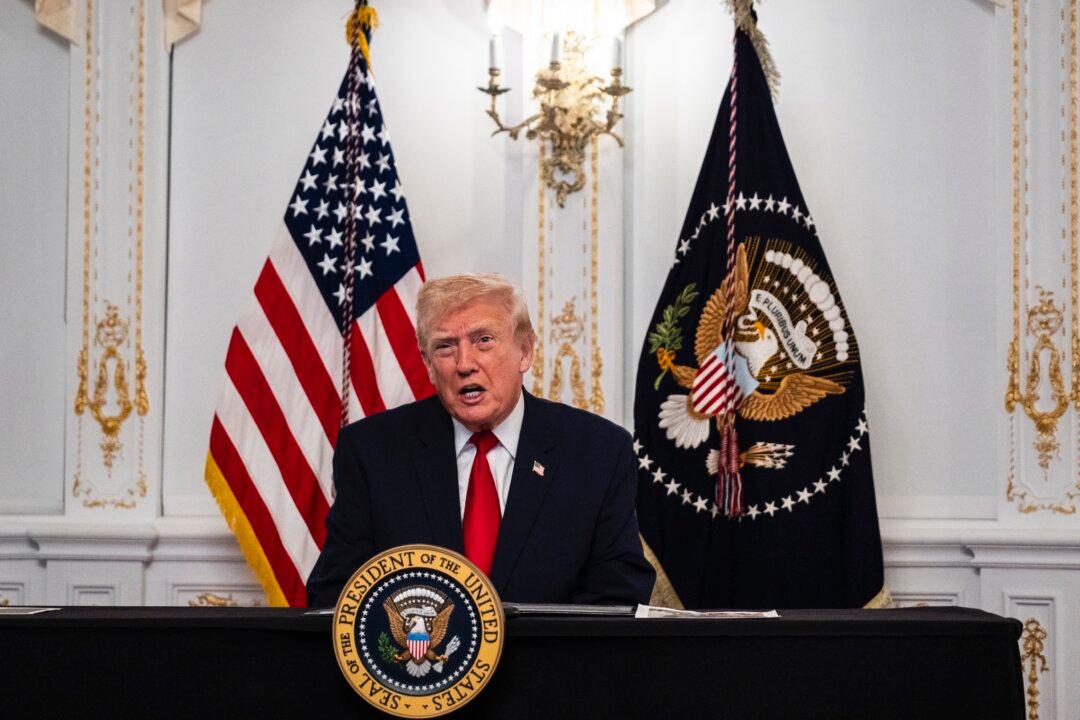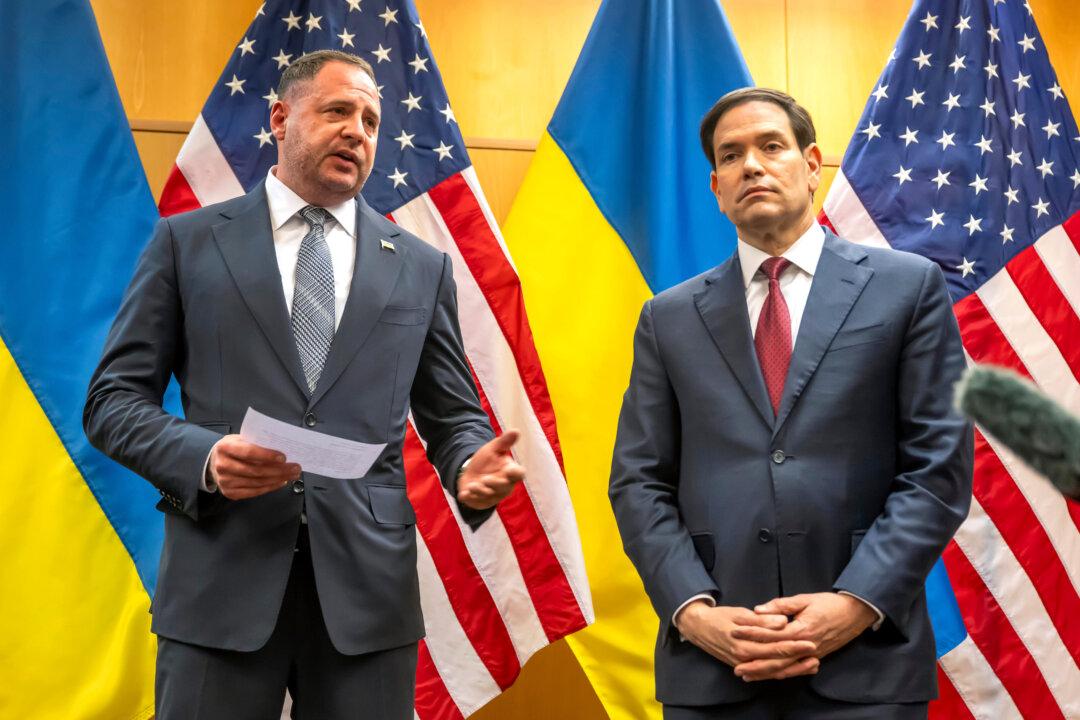NEW YORK—“Plankton. Life as we know it depends on plankton … not just for the ocean, but for the planet,” said narrator Dr. Sylvia Earle in the opening of Jean-Michel Cousteau’s 40-minute documentary, “Secret Ocean,” referring to the tiniest creature in the ocean, upon which all other marine animals eventually depend. But failure to protect plankton and other tiny creatures threatens the survival of ocean ecosystems—and the planet.
The film, shown at the American Museum of Natural History (AMNH) since July, allows us to experience a little-known world located in the depths of various oceans like in the Bahamas, Fiji, and Bimini. Through the magic of 3-D photography, it introduces us to more than 30 of the tiny, unusual creatures. But the majesty of nature’s mysteries aside, there is a lesson to be learned about why mankind should protect these creatures.
Through overfishing and unintended manmade mistakes, the natural balance of ocean ecosystems is being stressed. These mistakes cause fish and other sea creatures to either die off or move to different bodies of water, resulting in nearly empty oceans or an overabundance of misplaced fish. Although water is surviving without fish, scientists really don’t know what will happen after diverse ecosystems have been completely destroyed.
Where Life Begins
Cousteau, son of the famous French marine explorer Jacques Cousteau, said in the film that throughout the years he and his father had scoured the oceans, they often did not see the secret world of the smallest life in the sea, which is the foundation for the biggest.
The tiniest life, plankton, is most vital to the creation of an ecosystem. Ecosystems are the communities of living creatures that make up an environment and they each depend on one another for life. Every member of the food chain relies on the abundance of plankton to breathe life and feed them.
“Those are your primary producers, the phytoplankton,” said John Sparks, curator of the Department of Ichthyology (study of fish) at the American Museum of Natural History. Sparks, who encounters numerous coral reefs during his studies of fish, said phytoplankton, which is plant based, is considered to be primary because it takes in sunlight and converts it to energy for the other creatures.
Earle said they produce more than half the oxygen on Earth. “So every other breath we take is a gift from the sea,” she said.






